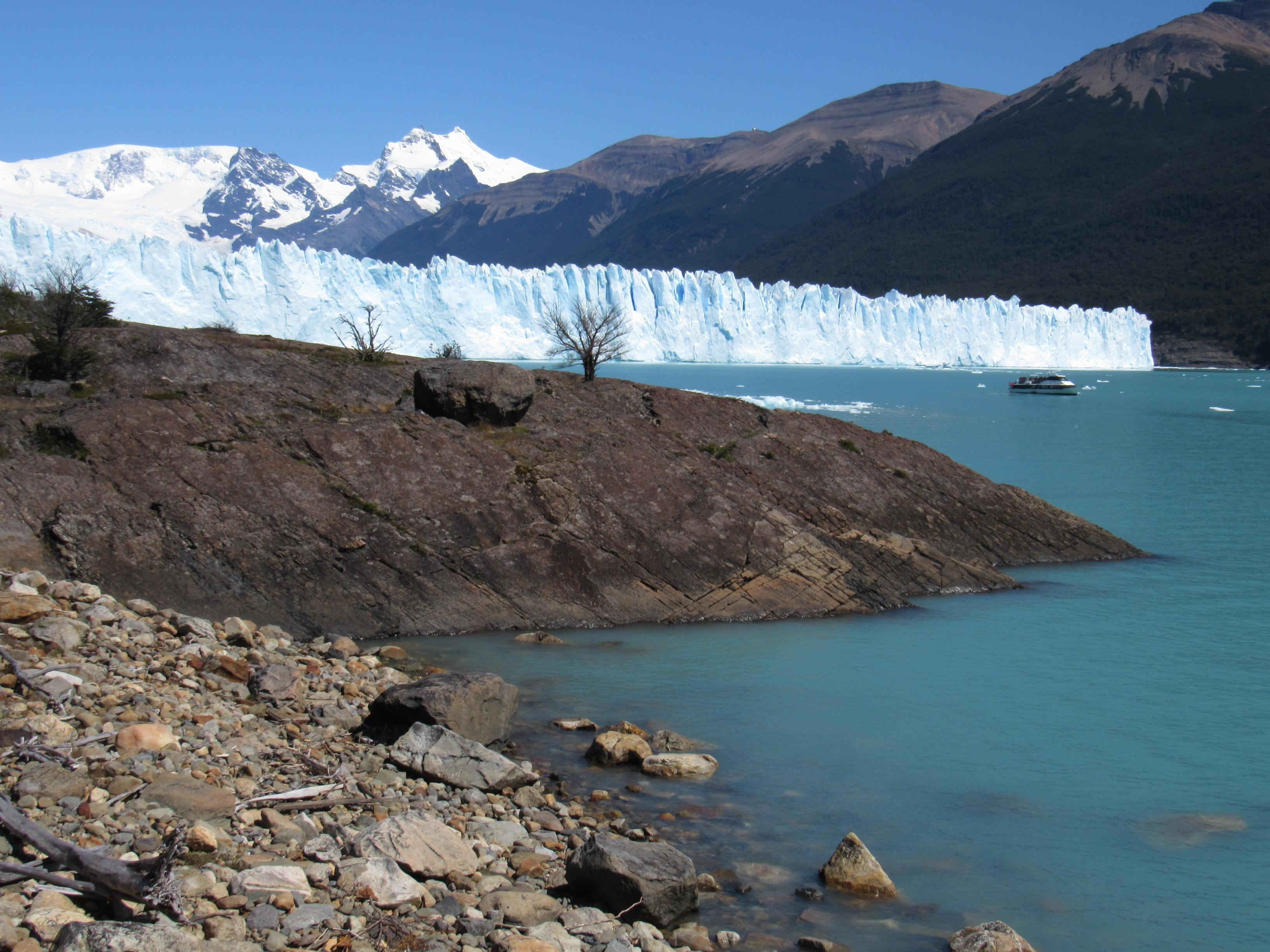Patagonia is a wonderland of adventure travel experiences. No matter what your ability level, interest or time allotment, you’ll find awe-inspiring natural beauty and pristine landscapes, unfettered wildlife, delicious cuisine and welcoming local cultures. Here’s what to know if Patagonia is on your bucket list.
Where Is Patagonia?
Perhaps the question is, where is it not? This 260,000-square-mile region of saw-tooth peaks, blueish-white glaciers, turquoise lakes and unique wildlife spans both Argentina and Chile in the southernmost part of South America. With this massive landscape, visitors find the mighty Upsala Glacier in Los Glaciares National Park, millions of Magellanic penguins, the Perito Moreno Glacier (one of only two on the continent that is actually growing!), the Patagonia Steppe (home to the rare Patagonia opossum) and charming villages like the mountain town of El Chalten in the Mount Fitz Roy range.
What Are the Regions of Patagonia?
To help get your bearings in such a mighty region, let’s break it down. The top sites, and most often targeted by overseas travelers, in Patagonia are:
Los Glaciares National Park (Argentina): Home to milky-blue alpine lakes, El Calafate, the famous Perito Moreno Glacier, El Chalten, Cerro Torre and Mount Fitz Roy. The latter two peaks are easily accessible for hikers of moderate ability, at 6.7 miles and 6.6 miles from town, respectively.
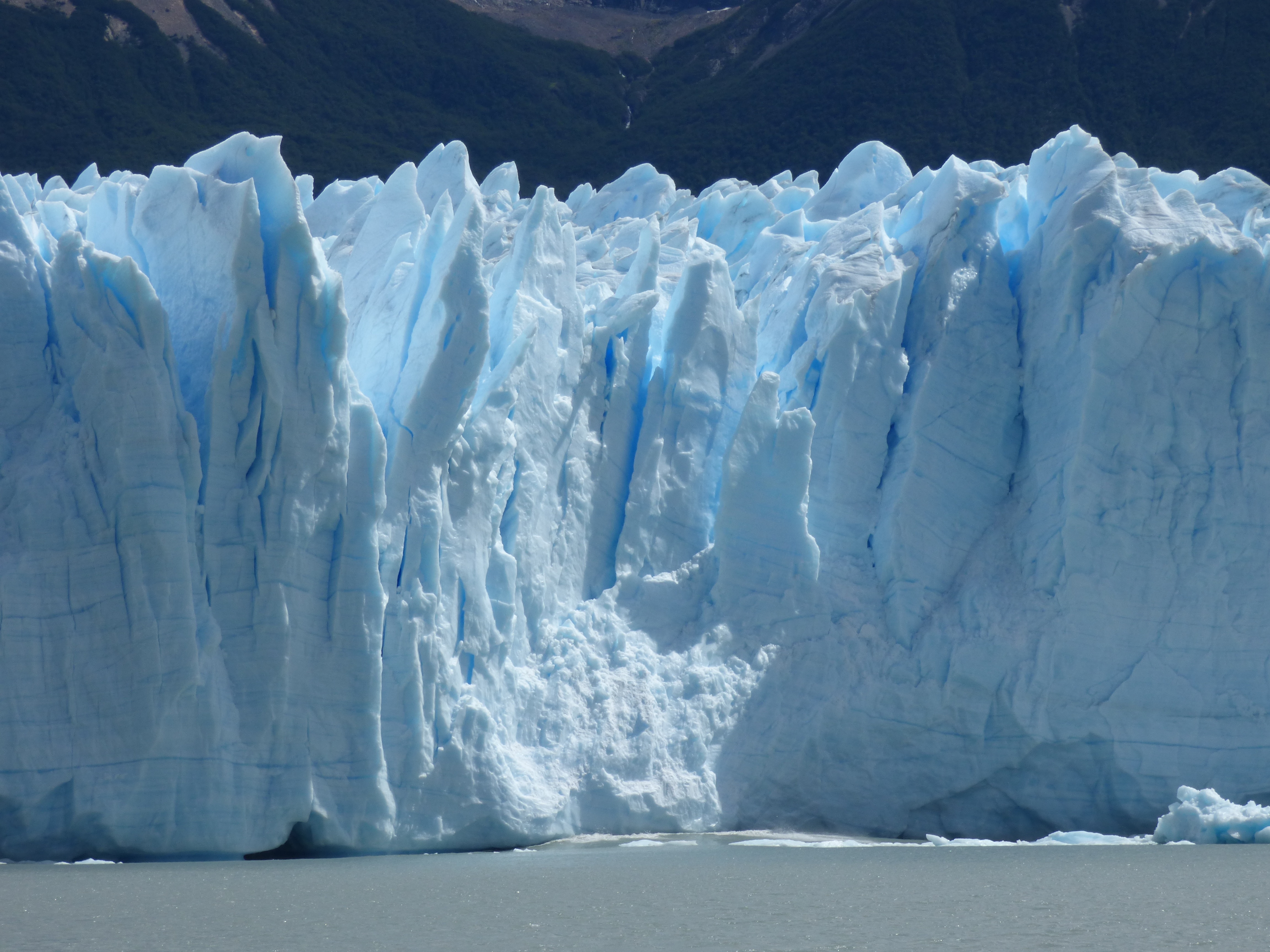
Lakes District (Chile, Argentina): This region encompasses both countries and features fantastic cycling opportunities, deep-blue lakes, Nahuel Huapi National Park, winter snowsports on Cerro Catedral, the lakeside town of San Carlos de Bariloche and more.
Torres del Paine National Park (Chile): Most likely the park you’ve heard of when you’ve heard of Patagonia, Torres del Paine is the most popular national park in the area. Backpackers of all levels can tackle the “W” trek, a 31-mile, one-way route that takes hikers past Grey Glacier, the Frances Valley and the iconic, three-peaked Torres. The big sister trek, the “O” circuit, is 74 miles and includes all of the treasures of the “W,” but with more time in the backcountry.
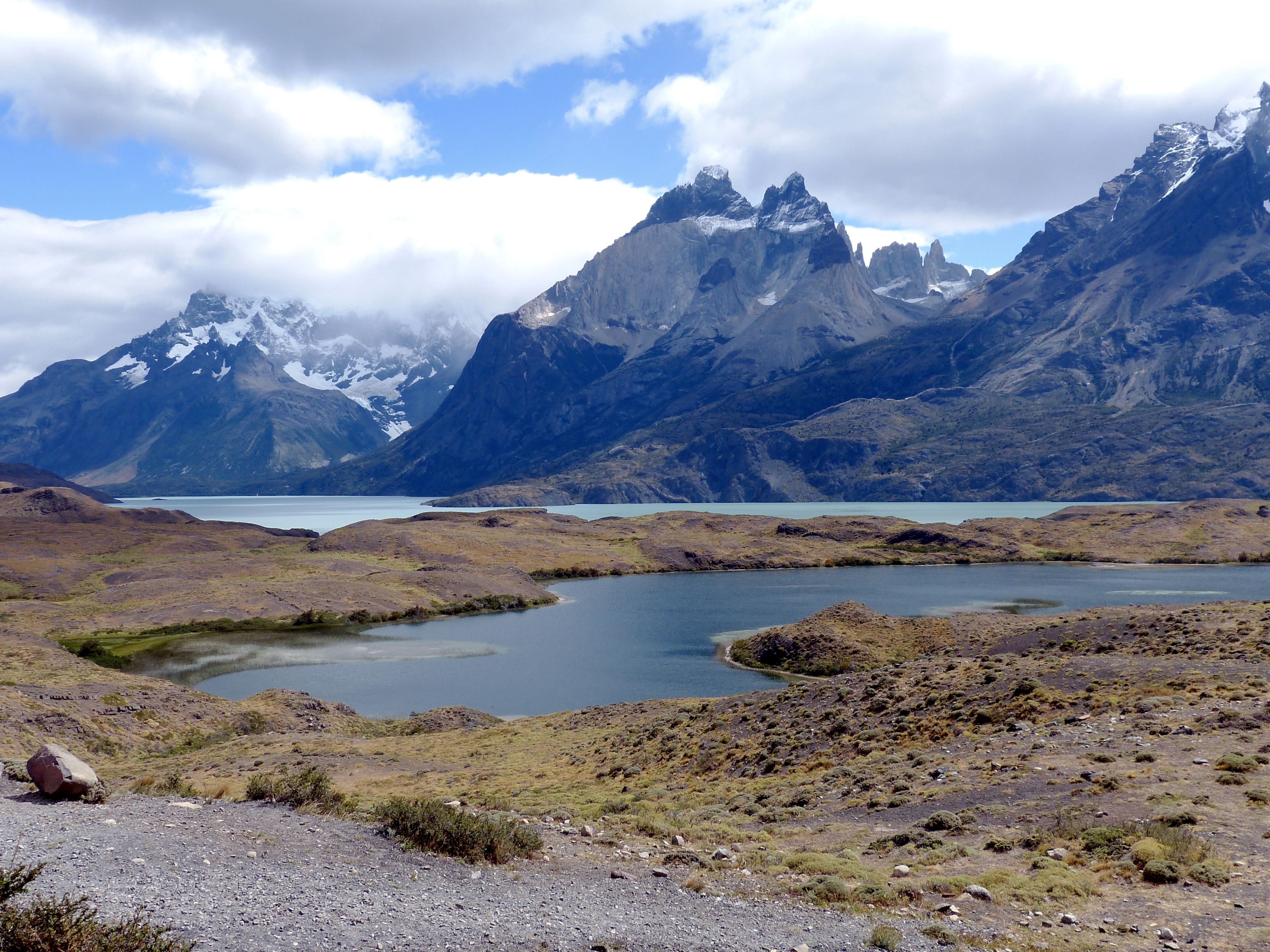
Tierra del Fuego (Argentina): At the southernmost tip of Argentina lies the “Land of Fire,” known for kayaking trips through the Beagle Channel, skiing at Cerro Castor and hiking to emerald Laguna Esmerelda.
General Carrera Lake/Lake Buenos Aires (Chile, Argentina): For an off-the-beaten-path Patagonia experience, head to the quiet village and massive lake of this region, spanning the border between Chile and Argentina. Don’t miss the smooth, thousand-year-old Marble Caves, accessible by boat or kayak.
Valdes Peninsula (Argentina): For those seeking true adventure, visit Patagonia’s coastal side and the Valdes Peninsula nature reserve, a UNESCO World Heritage Site, Here, you’ll glimpse the endangered southern right whale (hopefully), elephant seals, sea lions and orcas. And, you can visit Punt Bombo, home to the world’s largest population of Magellanic penguins.
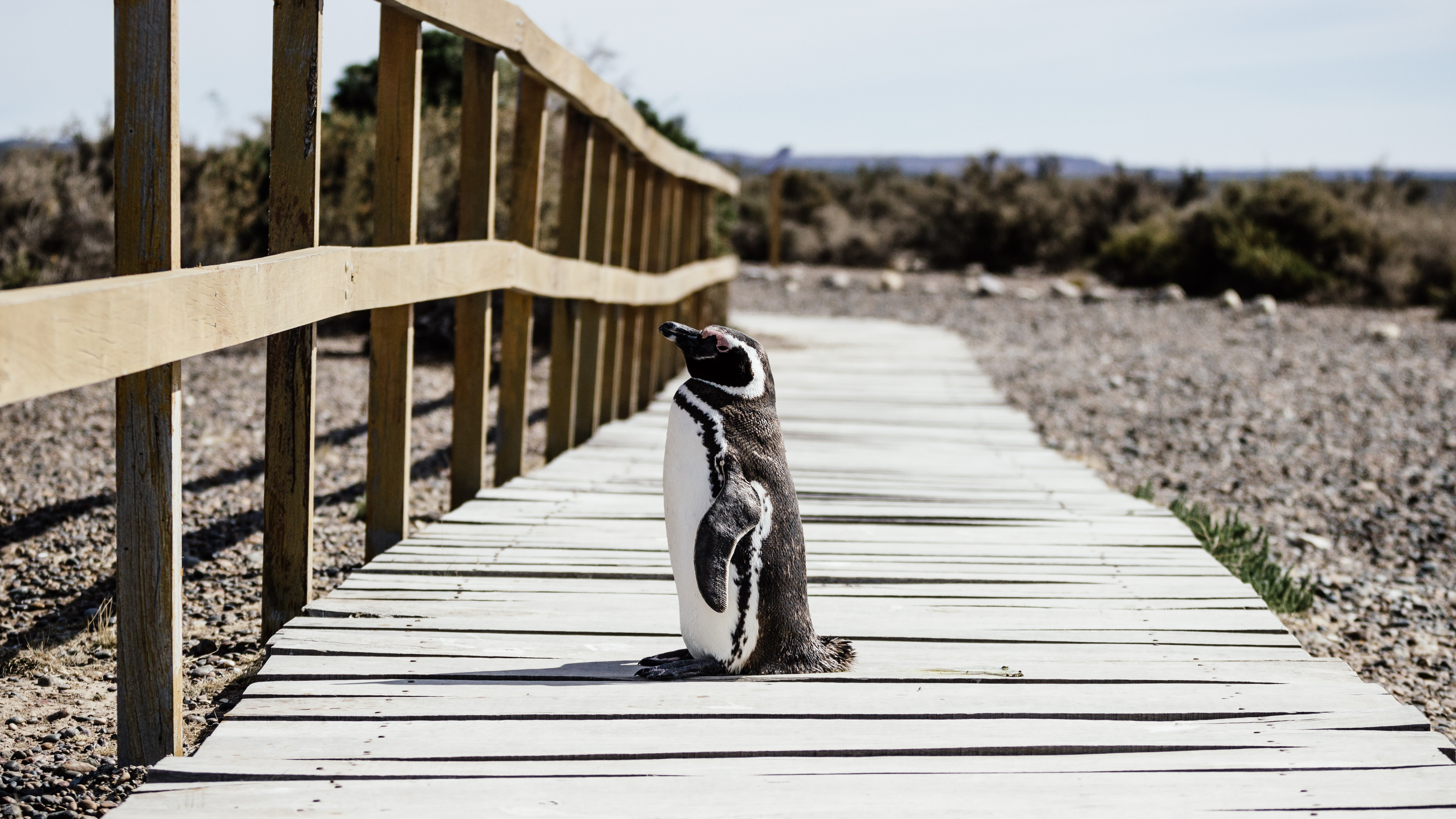
Aysen (Chile): One more region for those who like to go where few have ventured before … Aysen, a less-crowded option than Torres del Paine, but with similar jaw-dropping views. Hike in Cerro Castillo National Park, make your way to Laguna Cerro Castillo and, for incredible glacier views, trek to Laguna San Rafael National Park, where you can also glimpse the tallest peak in Chilean Patagonia, Monte San Valentin.
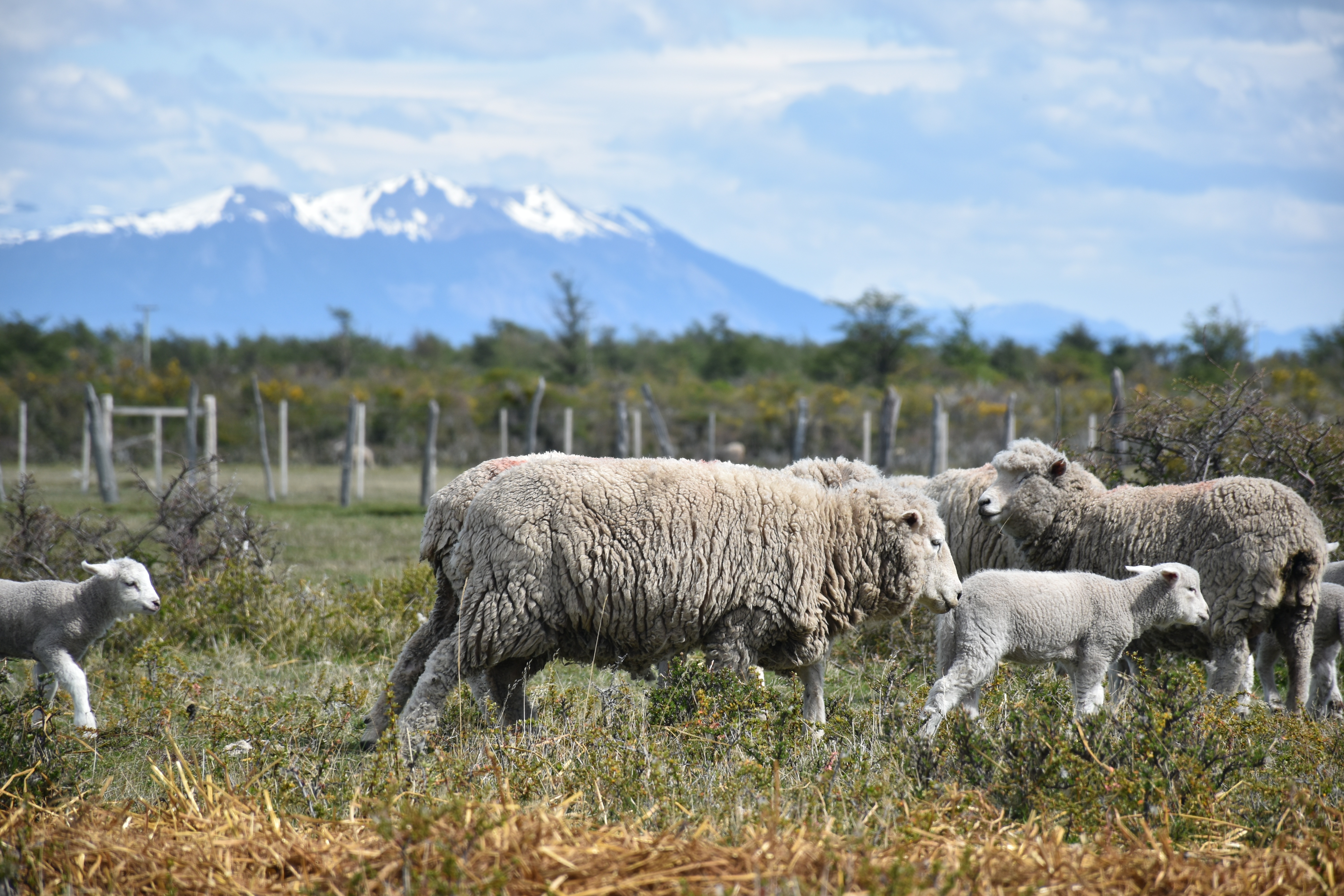
Where Should I Stay in Patagonia?
As we chat about why you want to Patagonia and what you wish to do there, we will hone in on where you should stay to make the most of your visit. Popular options include El Calafate, Punta Arenas, Puerto Madryn, El Chalten, Bariloche, Puerto Montt, Ushuaia and Coyhaique. Most likely, I'll recommend a small-group tour that will encompass the best experiences in Patagonia and will include all of your accommodations, guides, and transportation.
As for accommodations, these range as widely as the outdoor experiences one can have in Patagonia. Choose a high-end, luxury ecolodge like Tierra Patagonia for a super-indulgent stay. Settle into an estancia guest house/ranch, such as Estanica Cristina, to see firsthand the life of the Argentine gaucho and have horseback riding, hearty meals and Malbec wine at the ready. Choose a comfortable, affordable cabin or cabana owned by a local family and set in under-the-radar locales around Patagonia. Or, if you’re trekking the “W” Circuit, consider a rudimentary, yet authentic refugio in the backcountry.
When Should I Visit Patagonia?
First things first - no matter what season you travel to Patagonia, pack plenty of layers. The weather conditions can turn on a dime, from sunny, blue skies to windy and raining. Think about this - from north to south Patagonia is the same distance as Seattle to San Diego, so the climate can vary significantly. Here’s a primer on what to expect through the year:
Fall (March-May): Colorful fall foliage, lighter crowds and some snowfall at higher elevations.
Winter (June-August): A quiet time of year, with many tourist destinations shut down. Great time for skiers, however, in La Hoya, Bariloche and Ushuaia.
Spring (September-November): Lighter crowds (like fall), increasingly warmer weather and spring wildflowers. Some snow at high elevations.
Summer (December-February): Windy throughout Patagonia, which will mean cooler temperatures at higher altitudes. Stick to December for your trip, as students in Chile and Argentina are on vacation during January and February.
Together, we can talk through the various options for a Patagonia adventure. To whet your appetite, here are a few small-group tour options I love:
Discover Patagonia | National Geographic Journeys with G Adventures
Patagonia-North & South Explorer
Ready for adventure, at your speed? Let’s chat. You can sign up to schedule a consultation or sign up for my weekly newsletter for more inspiration.

